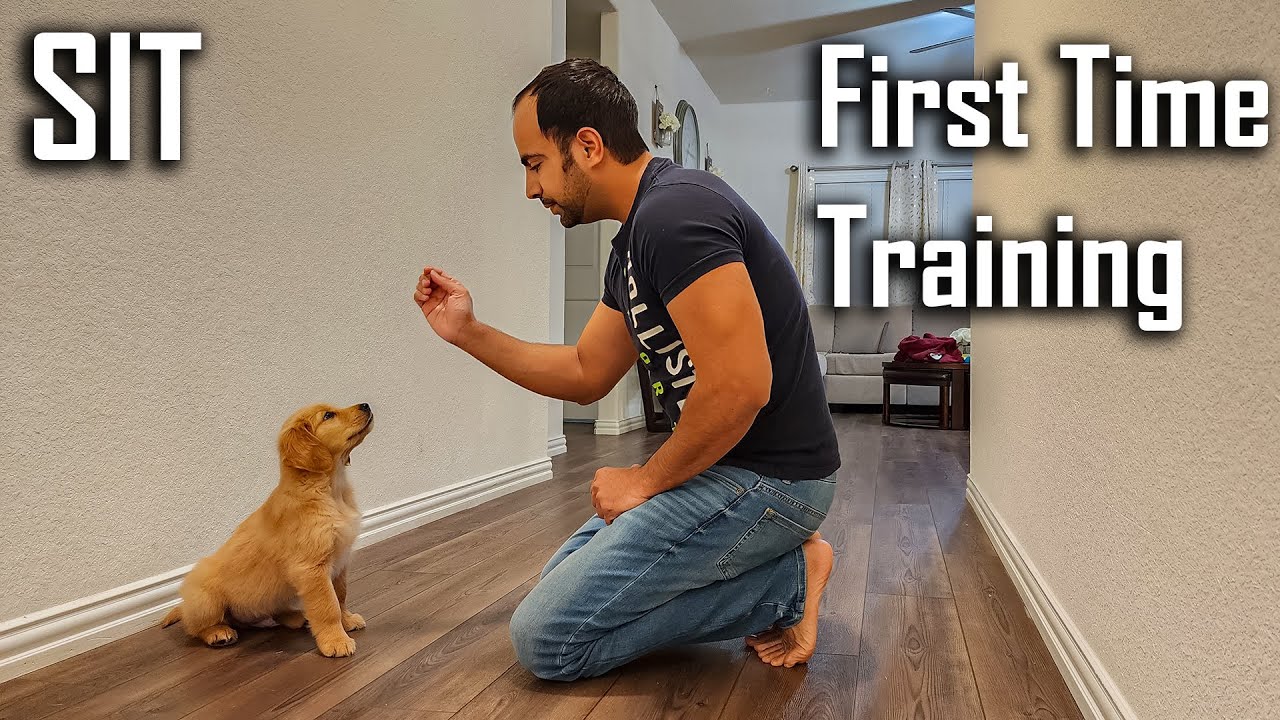The Use of Negative Punishment for Effective Training
Golden Retrievers are a popular dog breed in America. They are known for being friendly and smart. Golden Retrievers can learn to do many things, like fetching games and doing tricks. Negative punishment is one way to train them well. But it’s important to know how to use it correctly and not cause harm to the dog. In this article, we will talk about negative punishment and how to use it when training your Golden Retriever.
What Is Negative Punishment?
Negative punishment is a way to decrease or stop a behavior. It works by taking away something the dog likes if it does something you don’t want it to do. For example, if your Golden Retriever jumps on people, you can use negative punishment by walking away or ignoring the dog after jumping. The goal is to teach the dog that the unwanted behavior doesn’t lead to good things. The dog will eventually learn to avoid doing that behavior. Negative punishment is believed to be better than positive punishment because it doesn’t involve hurting or scaring the dog.
It’s important to remember that negative punishment should not be the only training technique. Positive reinforcement should always be used together with negative punishment. Positive reinforcement means giving rewards and treats for good behavior, which encourages the dog to do the right things.
How to Use Negative Punishment for Training
Here are the steps to follow when using negative punishment to train your Golden Retriever:
1. Know the unwanted behavior: First, identify the behavior you want to stop. It could be jumping, biting, barking too much, or anything you don’t like.
2. Take away something good: Next, take away something the dog likes that is making it do the unwanted behavior. This could be your attention, food, toys, or anything the dog enjoys.
3. Be consistent: It’s important to be consistent in what you do. If you sometimes take away the good thing and sometimes don’t, the dog will get confused and the training won’t work.
4. Reward good behavior: Remember to praise and reward your dog when it does something good. This could be giving treats, saying nice things, or giving it a toy. This will encourage the dog to do the right things.
Frequently Asked Questions about Negative Punishment
Q: Can negative punishment hurt my dog?
A: Negative punishment is safe and effective when used correctly with positive reinforcement. But if used the wrong way, it can make dogs anxious, scared, or aggressive.
Q: Can negative punishment work for all bad behaviors?
A: Negative punishment is best for behaviors that seek attention. But it’s not good for behaviors like chewing, digging, or jumping on furniture, which dogs do for fun.
Q: Can negative punishment work for older dogs?
A: Yes, negative punishment can work for older dogs, but it may take longer to see results because they already have habits that need to be changed.
Q: Should I always use negative punishment or only when needed?
A: Negative punishment should only be used when needed. It’s important to use positive reinforcement and not rely only on negative punishment to train your dog.
Conclusion
Negative punishment can be a good training technique when used correctly with positive reinforcement. Be consistent, reward good behavior, and seek help from a professional dog trainer if needed.














